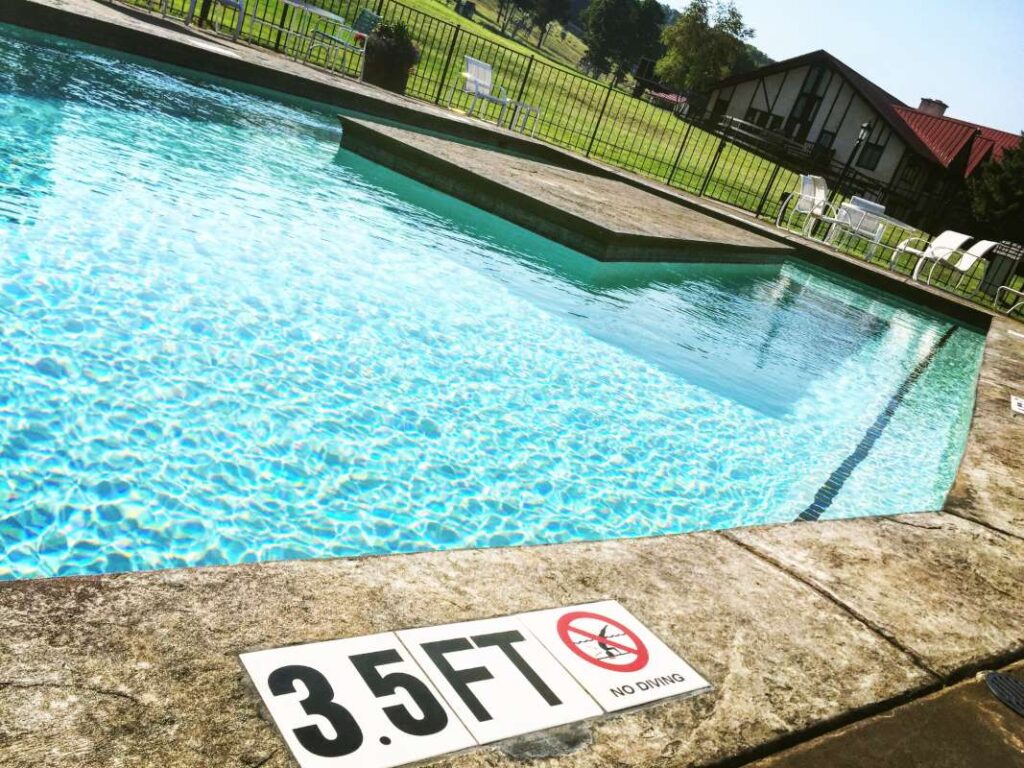How to Conduct a SWOT Analysis for Your Pool Company
Conducting a SWOT analysis is crucial for the strategic planning of your pool company. In this blog post, we will explore how to perform a thorough SWOT analysis, covering the strengths, weaknesses, opportunities, and threats facing your business. With insights tailored specifically for the pool service industry, you’ll learn how to leverage this powerful tool to enhance your business strategy and gain a competitive edge in the market.
In today’s competitive landscape, pool companies must adapt and thrive amidst challenges and opportunities. A SWOT analysis provides a structured way to evaluate your business environment. By understanding your internal strengths and weaknesses, as well as external opportunities and threats, you can make informed decisions that propel your company forward.
As we delve into each element of the SWOT analysis, we’ll provide practical tips and examples relevant to pool service businesses. This comprehensive guide will help you better understand your position in the market and identify actionable strategies for growth.
Understanding the Components of SWOT Analysis
The first step in conducting a SWOT analysis is to understand its four key components: strengths, weaknesses, opportunities, and threats. Let’s break down each element to clarify what it means for your pool company.
Strengths refer to the internal attributes and resources that give your pool company an advantage over competitors. This could include skilled technicians, a loyal customer base, unique service offerings, or strong brand recognition. For instance, if your business is known for exceptional customer service, that is a key strength you can leverage.
Weaknesses are the internal factors that may hinder your business’s success. Identifying weaknesses allows you to address and improve these areas. Common weaknesses for pool companies could be limited marketing reach, inadequate technology, or high staff turnover. Recognizing these challenges is the first step to overcoming them.
Exploring Opportunities
After assessing your strengths and weaknesses, it’s time to look outward and evaluate the opportunities available to your pool company. Opportunities can include market trends, emerging technologies, or shifts in consumer behavior that your business can capitalize on.
For example, the increasing focus on eco-friendly pool solutions presents a significant opportunity. By offering services related to energy-efficient heating systems or environmentally safe cleaning products, your pool company can attract environmentally conscious customers.
Moreover, technological advancements in pool service management, like using [Pool Biller Software](https://ezpoolbiller.com/) for streamlined billing and scheduling, can improve efficiencies and customer satisfaction. Staying informed about industry trends will help you identify and seize such opportunities.
Identifying Threats
No analysis is complete without recognizing the threats your pool company may face. Threats are external challenges that could jeopardize your business, including economic downturns, increased competition, or changes in regulations.
For instance, a new pool service company entering your market could pose a threat to your client base. Additionally, fluctuations in the economy may affect customers’ willingness to spend on pool maintenance. By identifying these threats, you can develop strategies to mitigate their impact.
To safeguard against competitive threats, consider enhancing your online presence and utilizing tools like [pool route software](https://ezpoolbiller.com/) to improve your operational efficiency. This can help you maintain customer loyalty and attract new clients despite increased competition.
Conducting Your SWOT Analysis
With a clear understanding of the SWOT components, you can now conduct your analysis. Start by gathering your team for a brainstorming session to discuss each element. Encourage open dialogue, as the insights gathered during this process can be invaluable.
Record all identified strengths, weaknesses, opportunities, and threats on a large board or digital document. This visual representation will make it easier to see connections and patterns between the different elements.
Once your list is complete, prioritize each item. Focus initially on the strengths you can leverage and the weaknesses you must address. Opportunities that align with your strengths should be prioritized for immediate action, while threats need strategies to mitigate or counteract them.
Developing Actionable Strategies
After your SWOT analysis is complete, you should have a comprehensive understanding of your pool company’s standing. The next step is to develop actionable strategies based on your findings. This can include enhancing your marketing efforts to capitalize on strengths and opportunities while formulating plans to address weaknesses and threats.
For instance, if you identified that your customer service is a strength but marketing is a weakness, consider investing in digital marketing strategies or utilizing [pool billing software](https://ezpoolbiller.com/) that allows for automated customer communication and outreach.
Additionally, regularly revisiting your SWOT analysis ensures that your strategies remain relevant. As the business environment changes, so too should your action plans.
Best Practices for Conducting a SWOT Analysis
To ensure your SWOT analysis is effective, consider implementing the following best practices. First, involve a diverse group of team members in the process to gather varied perspectives. Each member may have unique insights that can enrich your analysis.
Second, ensure that discussions are data-driven. Use performance metrics and customer feedback to guide your assessment of strengths and weaknesses. For example, analyze customer satisfaction surveys to identify service strengths and areas for improvement.
Lastly, document your findings and keep them accessible. Creating a strategic plan based on your SWOT analysis allows you to monitor progress and update strategies as your pool company evolves.
Using SWOT Analysis for Continuous Improvement
SWOT analysis is not a one-time exercise; it is a continuous improvement tool. Regularly revisiting your analysis allows your pool company to adapt to changes in the market and customer preferences.
For example, if a new competitor enters the market, you might need to reassess your strengths and adjust your marketing strategies accordingly. Keeping your SWOT analysis updated ensures that you remain agile and responsive to the business environment.
Furthermore, integrating technology like [pool company management software](https://ezpoolbiller.com/) can streamline the process of gathering data, making it easier to update your SWOT analysis regularly. Technology can provide insights on customer interactions and operational efficiencies that inform your analysis.
Conclusion
Conducting a SWOT analysis for your pool company is an essential step towards understanding your business’s position in the market. By identifying your strengths, weaknesses, opportunities, and threats, you can develop actionable strategies that drive growth and success.
Remember that this analysis is an ongoing process. Regularly updating your SWOT analysis keeps your strategies relevant and your business responsive to change. Most importantly, leveraging tools like EZ Pool Biller can enhance your operational efficiency, helping you focus on what truly matters—providing exceptional service to your clients.
Start your SWOT analysis today and unlock the potential for growth and improvement within your pool company. By staying proactive and informed, you’ll ensure that your business remains competitive and poised for success in the ever-evolving pool service industry.




